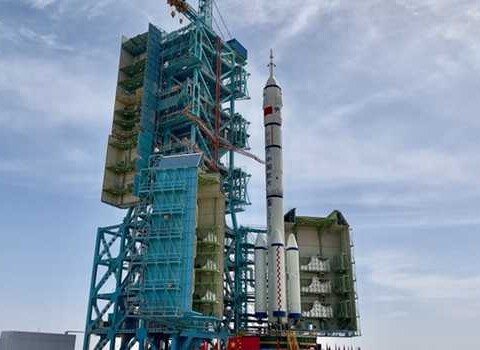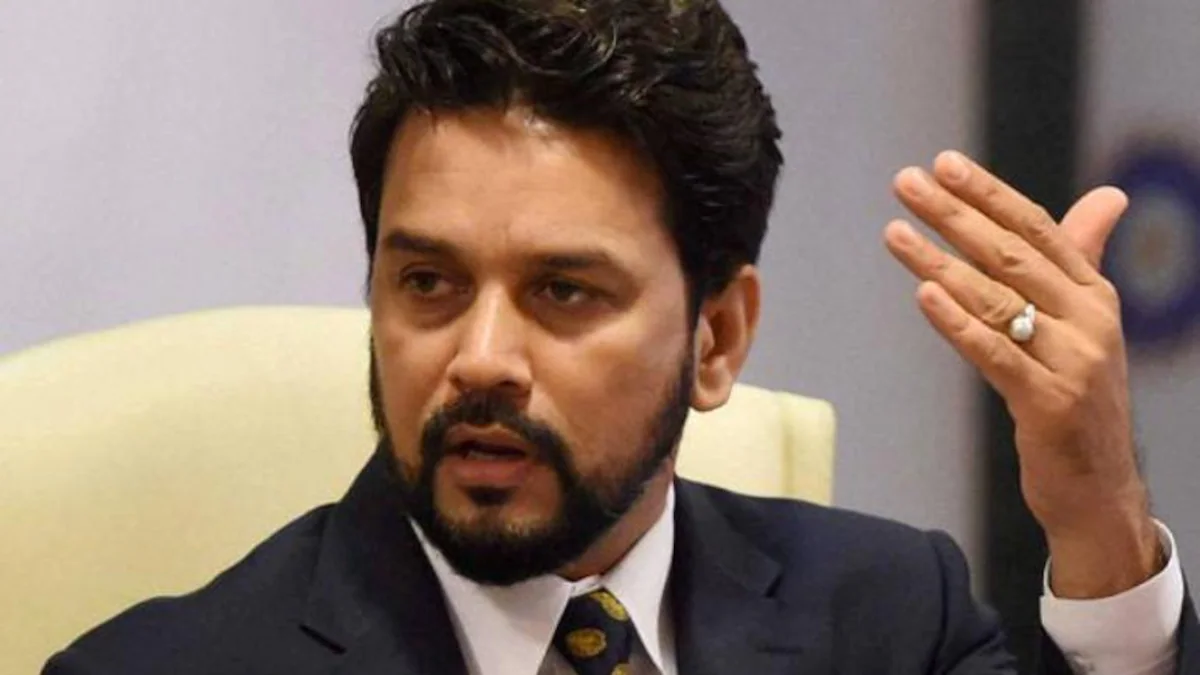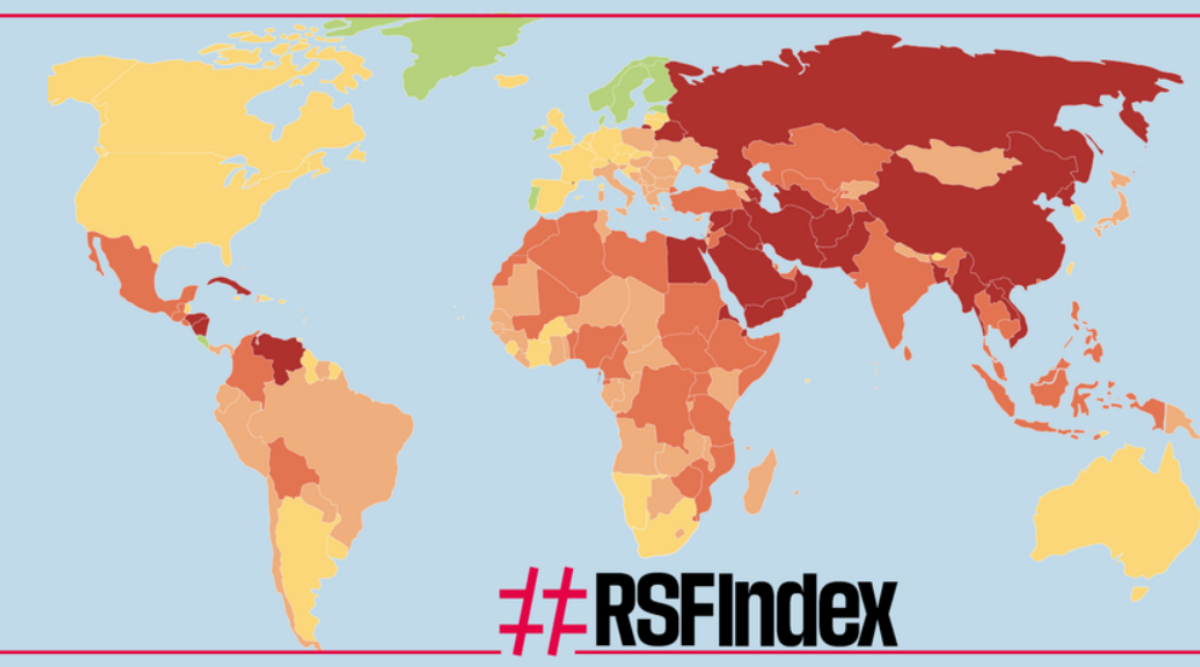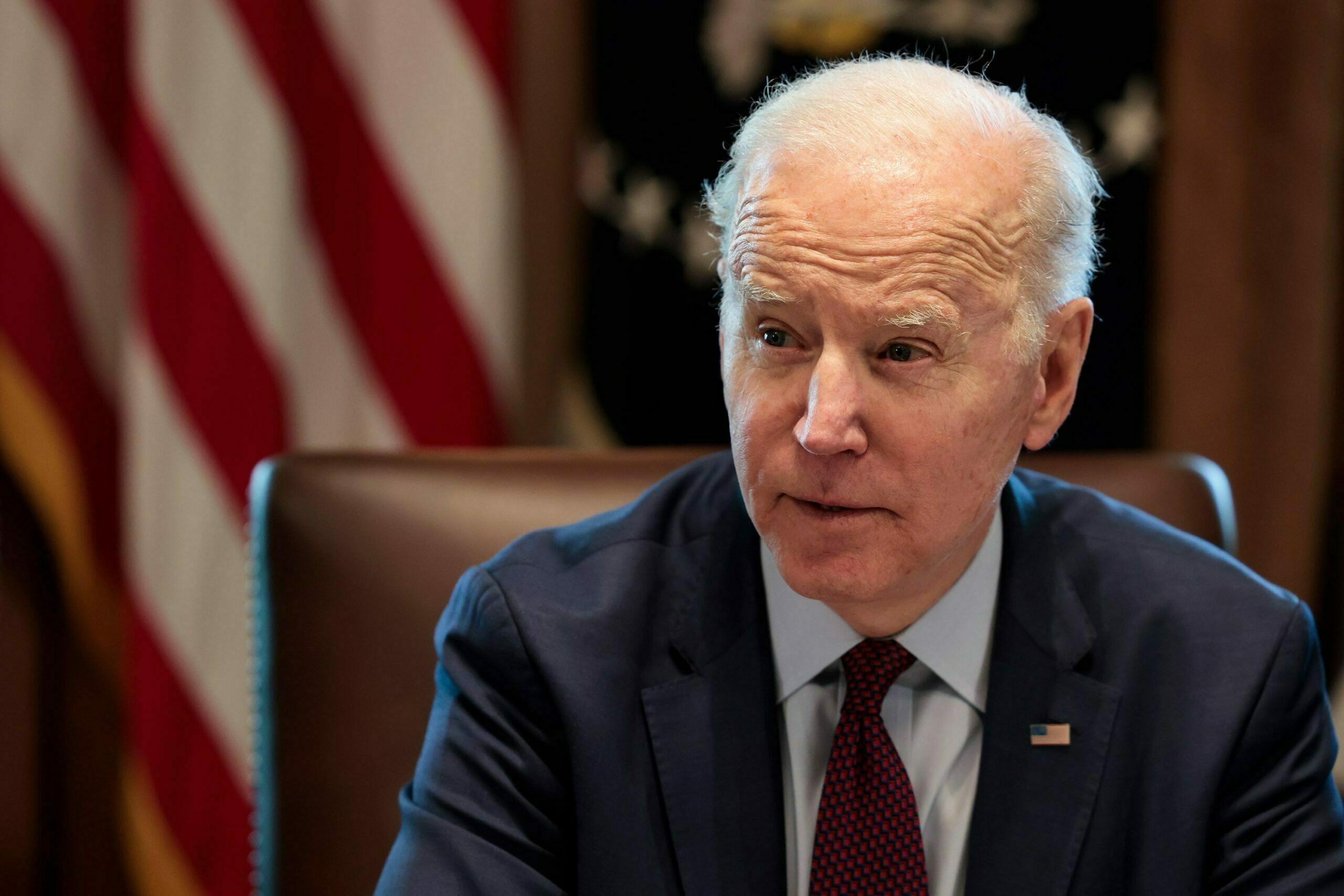It is believed that President Trump has given full authority to the US Defense Secretary, Jim Mattis to ascertain troop levels in Afghanistan. The US media reported that Mattis will suggest another 3000 – 5000 troops to break the so-called ‘stalemate’ between the government and the Taliban. There are already 8,400 US troops in Afghanistan, and another 13,300 strong NATO mission to train and advise Afghan forces fighting the Taliban.
Sumera B. Reshi
On 18th October 2017, at least 71 people were killed in a series of attacks by the Taliban in Paktia and Ghazni provinces. Among these, 41 died in a suicide bombing and gun battle. 150 others were injured at a police training centre in Gradez, Paktia’s provincial capital. The attack showed the stark security threats faced by the country. These deadly attacks across Afghanistan indicate the fragile security scenario. The current security situations in Afghanistan remains ‘intensely volatile’ as per a new report by the United Nations Assistance Mission in Afghanistan.
Security forces in Afghanistan control only about 57 per cent of the territory. Roughly 2.5 million people live in areas controlled by the Taliban and nine million more lives in other contested areas. Owing to the prevailing security situations in Afghanistan, the number of civilian victims including children is high. A great number of people are internally displaced due to the fights between security forces and the Taliban. Further, the conflict has given rise to a high number of refugees and asylum seekers from Pakistan and Iran. There is also a surge in food security, schools and health centres have had to close down due to the persistent fighting.
According to the US intelligence, the strengthened insurgency from Taliban and Islamic State group fighters will almost certainly deteriorate through 2018, even with a modest increase in the military assistance by the US and its partners.
“Afghanistan will struggle to curb its dependence on external support until it contains the insurgency or reaches a peace agreement with the Taliban,” Director of National Intelligence, Dan Coats said.
According to a UN report, almost 6252 security-related incidents took place between 1st March & 31st May 2017. There was an increase of 22 per cent in violent incidences compared to March – May 2016. The Pentagon also warned Afghanistan with an increasingly violent insurgency.
Although the Afghan government maintains control over major population centres, most key transit routes, provincial capitals and district centres including Kabul, nonetheless, Taliban continues to contest district centres, threaten provincial capitals and temporarily seize main communication lines throughout Afghanistan, especially in high priority areas such as Kunduz and Helmand provinces. To overthrow Taliban, thousands of international troops remain in Afghanistan to train Afghan security forces and to conduct counter-terrorism activities.
It is believed that President Trump has given full authority to the US Defense Secretary, Jim Mattis to ascertain troop levels in Afghanistan. The US media reported that Mattis will suggest another 3000 – 5000 troops to break the so-called ‘stalemate’ between the government and the Taliban. There are already 8,400 US troops in Afghanistan, and another 13,300 strong NATO mission to train and advise Afghan forces fighting the Taliban.
Afghanistan is fighting the toughest war in its history. The country is caught between the Taliban insurgents and a poor governance system. Corruption is rampant & accompanied with a weak rule of law. The withdrawal of international combat forces in between 2011 & 2014 left Afghanistan with frail security situations.
Moreover, the impugned 2014 presidential elections created fissures in National Unity Government. This schism has prevented the government from implementing reforms Vis a Vis corruption and mismanagement. This situation has further deepened the crisis and has also called upon the legitimacy of the government.
In this longest war in the country’s history, NATO & the US forces have also failed somewhere. Insecurity is on the rise and it appears that the US and its allied forces are pulling back their feet from the never-ending war in Afghanistan. Now the US and NATO forces are trying to save their faces and Donald Trump’s revised plan to delegate the task of sending more troops to Afghanistan seems like a fiasco.
Since the war on terror which started soon after 9/11 event, the world in general and Afghans, in particular, realized the real motives behind the war on terror. In this game, the US media was at the forefront. It created a false perception of progress in Afghanistan in terms of economy and security. It beamed surreal vivid images to the outside world about war-torn Afghanistan. Nevertheless, the US media hid the actual news on security and domestic political chaos.
Even though the United States tried to bring in democracy ‘As Soon As Possible’ (ASAP) to Afghanistan, fighting continues between the Taliban and the government forces. In this combat, thousands of civilians have been killed, meanwhile, Afghan government sustained to expand the use of illegal militias to counter Taliban. The National Unity Government failed but made some progress in releasing women jailed for morality crimes but failed to end prosecution of women for running away. The Afghan government also failed to implement its reform agenda. In this tussle of reforms and peace, Taliban made good gains and they exhibited that they are more organized and better equipped than before. Moreover, Taliban has proved that they possess the ability to challenge the government and its security arrangements and have exposed the gaps and inefficiencies in the Afghan forces.
The ISIS Menace
The US’s longest running war has resulted in the destruction of the state institutions, armed forces and the national economy. According to Jeff Eggers, a senior fellow at New America, there is no debate that Afghanistan is experiencing continuous slump insecurity with more than 40 per cent of its districts either under Taliban control or influence or in the contest.
 Islamic State was very active in the eastern part of Afghanistan but they were weakened by Afghan and coalition forces. The Group weakened but it wasn’t defeated completely. The fought back and carried out some bloody attacks by targeting civilians in Kabul. The group is again surfacing as a severe threat. The group can emerge and gain the ground if the Taliban, Afghan and allied forces failed to contain it.
Islamic State was very active in the eastern part of Afghanistan but they were weakened by Afghan and coalition forces. The Group weakened but it wasn’t defeated completely. The fought back and carried out some bloody attacks by targeting civilians in Kabul. The group is again surfacing as a severe threat. The group can emerge and gain the ground if the Taliban, Afghan and allied forces failed to contain it.
Worsening security situations have proved a hydra-headed monster. Most of the Afghans are fleeing the country due to the enflamed security environment. This situation is causing the exodus of the Afghans from Afghanistan. Economic growth has shrunken while the government remains dependent on foreign aid. The Afghan–Pakistan relations have distressed due to the widened variances on security at a time when regional competition in and over Afghanistan persists. Thus, a weak economy, lack of opportunities and threat to life have contributed to an increase in the brain drain.
The US’s longest running war has resulted in the destruction of the state institutions, armed forces and the national economy. According to Jeff Eggers, a senior fellow at New America, there is no debate that Afghanistan is experiencing continuous slump insecurity with more than 40 per cent of its districts either under Taliban control or influence or in the contest.
Furthermore, General John W. Nicholson, the four-star commander of the US-NATO mission in Afghanistan, affirmed in February 2017 before the Senate Armed Services Committee that the conflict in Afghanistan reflected a ‘stalemate’. The year 2017 witnessed ruthless fighting with one of the most lethal attacks in the war when 10 Taliban fighters killed scores of people.
The 2016 “fighting season” prevented a repeat of strategic setbacks, such as the Taliban’s takeover of Kunduz in 2015. However, the 2017 fighting season began with one of the most lethal attacks in the war, when ten Taliban fighters killed more than 150Afghan soldiers and civilians after intruding an army base near Mazar – e – Sharief.
In spite of the heavy deployment of forces, the determination of the Taliban insurgency is still the most encumbering challenge Afghanistan is facing. Despite the expensive and concerted efforts of the United States, its international allies and indeed the Afghan forces, the flame is still alive. Since 2016, Afghanistan faced lethal security situations. Besides, Afghan National Security Forces (ANSF) suffered heavy losses with 6,785 killed and an additional 11,777 wounded in 2016 alone.
Taliban seems to be gaining grip and power as a result of poor local governance, continuing weakness in the ANSF and the operational limitations of many ANSF components outside of the special forces.
There was a time when Donald Trump opposed the US presence in Afghanistan tooth and nail, however, soon after he gained the presidency, he took special interest in Afghanistan. In September 2017, Trump revised South Asian policy with a special focus on Afghanistan. President Trump reaffirmed that a simple withdrawal from Afghanistan as of now will leave the country susceptible to extremists. According to an address by Donald Trump, the consequences of a “rapid exit are both predictable and unacceptable”.
His rigid approach to Afghanistan and a direct warning to Pakistan has twisted things. The present security scenario is a grave concern for the US and its allies. The coming days will determine whether Afghanistan will be able to strike a peace deal or get deeper into the quagmire of long-lasting conflict.











